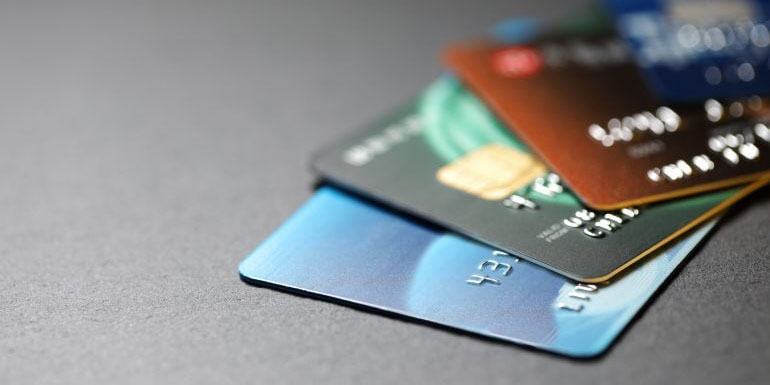Vietnam's 2024 Fintech Landscape: Key Insights and Developments
Sep 21, 2024 By Georgia Vincent
Vietnam went from Asia's poorest to a low-middle-income nation in a generation. But how has fintech made this possible and boosted the economy? i Mi, Vietnam's economic growth plan, triggered positive change approximately 30 years ago by shifting the country away from a planned centralized economy. Technology use has helped sustain this trend in recent years.
Vietnam's Banking and Fintech Sector Overview
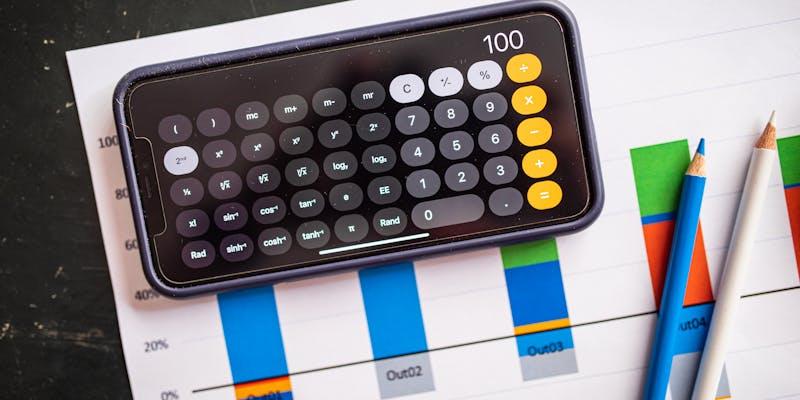
Vietnam's banking and fintech businesses are thriving. As an ASEAN member with a GDP per capita of $4,163, the country promotes regional economic connections. State-owned, joint-stock, joint-venture, and foreign-owned banks make up its financial landscape. Vietinbank, Vietcombank, and the Bank of Investment and Development of Vietnam (BIDV) are notable banks. These institutions are vital to Vietnam's financial system, operating mostly in Ho Chi Minh City and Hanoi.
Besides traditional banking, science in Vietnamese has grown rapidly. An investment platform and Momo and ZaloPay e-wallets are changing the financial landscape with novel digital solutions. VnPay, another major provider, offers transaction-efficient payment solutions. Expanding fintech Vietnam services boosts financial inclusion and economic growth. As Vietnam develops, its banking and fintech sectors will shape its economy.
Fintech in Vietnam's Economy
Digital channels handle 90% of bank transactions in fintech Vietnam; hence, fintech shapes the economy. The country has quickly digitized financial services such as account openings, deposits, and money transactions. In 2023, 40 banks opened 35 million accounts using electronic know-your-customer (eKYC) processes, demonstrating this rapid digitalization.
Growth and Economic Impact Forecast
Vietnam's digital economy is predicted to be driven by fintech and science in Vietnamese. Google, Temasek, and Bain & Company estimate a $45 billion fintech sector next year. Vietnam leads ASEAN in fintech growth, second only to Singapore. Vietnam's digital economy is worth $18 billion in 2024. This rise follows Vietnam's 28% digital economy growth in 2022, which led Southeast Asia.
Increase in Non-Cash Payments
Recently released SBV data shows a sharp rise in non-cash payment transactions. This January, transaction volume rose 63.3%, and value rose 41.45% compared to January 2023. Online and mobile banking transactions increased 57.85%, 68.54%, 32.43%, and 41.12%, respectively. Fintech is increasingly driving Vietnam's digital transformation, as these figures show.
QR Code Payments in Vietnam

QR code payments have become a major means of transaction in Fintech Vietnam, echoing trends across Southeast Asia. From January 2023 to January 2024, QR code payment volumes increased by an amazing 892.95%, with transaction values soaring by 1,062.01%. This enormous increase illustrates the widespread acceptance and dependence on QR codes for everyday purchases in the country.
Adoption Rates and Regional Standing
In early 2021, QR code payments were already used by 40% of adult consumers in Vietnam. Vietnam was Southeast Asia's third-highest QR code payment adopter, after Thailand (42% and Malaysia 50%). QR code payment in Vietnam is versatile and convenient, as seen by its widespread acceptance by young and old.
National Payment Infrastructure
National Payment Corporation of Vietnam (NAPAS) and its network of member banks, partners, and payment intermediaries manage the unified QR code payment system in Vietnam under the VietQR name. By Q3 2023, VietQR codes had over 100 million monthly transactions, doubling payments, according to NAPAS. This growth shows Vietnam's financial ecosystem's growing QR code integration. Vietnam's natural resources' rapid adoption of QR code payments underscores its shift toward digital financial solutions, making it a regional fintech pioneer.
Using Digital Financial Solutions in Vietnam
ATM use has dropped in the fintech Vietnam. From 2023 to early 2024, ATM volumes declined by 15.4% and transaction values by 18.76%. This drop shows a shift toward non-cash payments and fintech's growing influence in the country.
Impact of Rising Living Standards
Digital infrastructure development is linked to rising living standards and a growing middle class in Vietnam. Vietnam has 79.1% internet penetration despite being a lower-middle-income nation. With approximately 78 million internet users and 161.6 million mobile connections, the digital landscape involves over 98 million people. Digital financial services are widely adopted due to this interconnectedness.
Fintech Ecosystem Growth
In recent years, Vietnam's fintech ecosystem has grown rapidly. Science in Vietnamese companies increased from 39 in 2015 to 150 by 2021, and now over 260. There are fintech companies in payments, wealth tech, and alternative finance. This quick increase shows the sector's dynamism and the growing use of digital financial products.
Survival in Global Trends
Vietnam's natural resources survived a 2023 worldwide fintech funding crisis, which saw an 80% decline. Even during global financial turmoil, fintech development and business optimism show the country's dedication to digital financial innovation.
Government Fintech Support in Vietnam
The Vietnamese government is regularly helping fintech. The State Bank of Vietnam (SBV) added a regulatory sandbox draft ordinance in March 2024, a primary improvement in view of 2020. This regulatory sandbox allows Vietnam's natural resources entrepreneurs to test their inventions under regulatory scrutiny, encouraging experimentation and risk management. This shows the government's commitment to fintech growth.
Financial Inclusion Strategy
Financial inclusion is a cornerstone of Vietnam's efforts to expand financial services. It will run until 2025 with an extension through 2030. The approach is to reach 80% of bank account holders. This ambitious aim is part of a larger push to improve financial inclusion, particularly for low-income people and MSMEs who have had trouble obtaining financial services. The administration wants a more equitable banking system that enhances access for underprivileged communities.
SEDS 2021-2023 Socio-economic Development Strategy
The 2021-2023 Vietnamese Socio-Economic Development Strategy (SEDS) aimed to establish an integrated, efficient, and sustainable economy to boost fintech and financial inclusion. This strategy emphasized modern financial infrastructure and Vietnam's natural resources that promote innovation and inclusivity. The government aims to stimulate economic growth and spread gains by connecting economic policies with fintech advances.
Continued and Future Work
The regulatory sandbox and financial inclusion programs show that the Vietnamese government is actively integrating fintech into the economy, even though its support for fintech Vietnam is slower than in other nations. These initiatives should boost financial sector efficiency, innovation, and digital financial services for more people and enterprises.

Everything About: Investing in a "Turnkey" Property
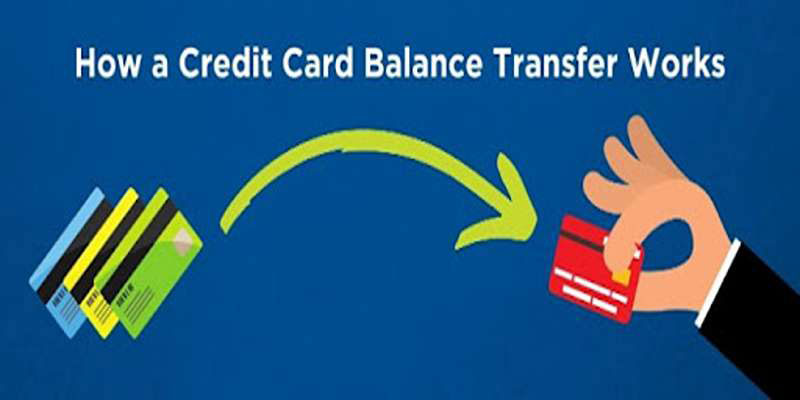
Balance Transfer Credit Cards: What You Need to Know

Finding the Best Missouri Mortgage Lenders

Review of the SunTrust Prime Rewards Credit Card

How to Buy Stocks Step by Step: A Comprehensive Guide to Investing

Stated Value Car Insurance

Uncovering the Best Alternatives to Edgewonk: Elevate Your Trading Game
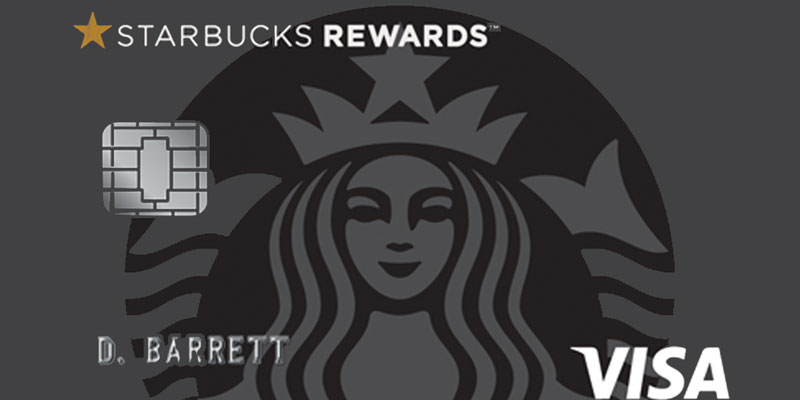
Review of the Starbucks Rewards Visa Card for 2022
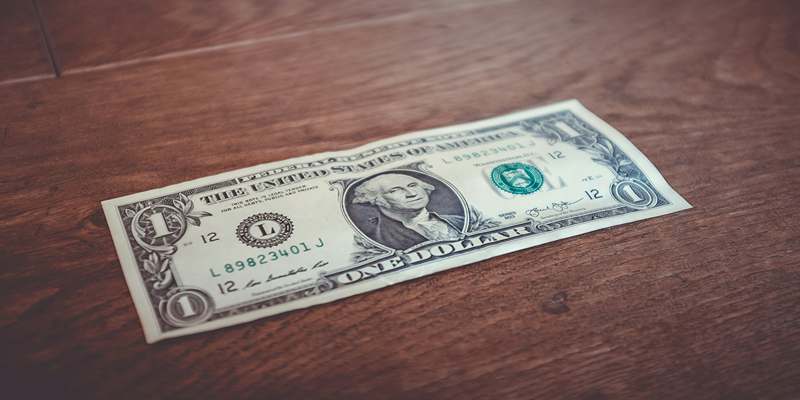
Marqeta’s Processing Volume Hits $71 Billion
